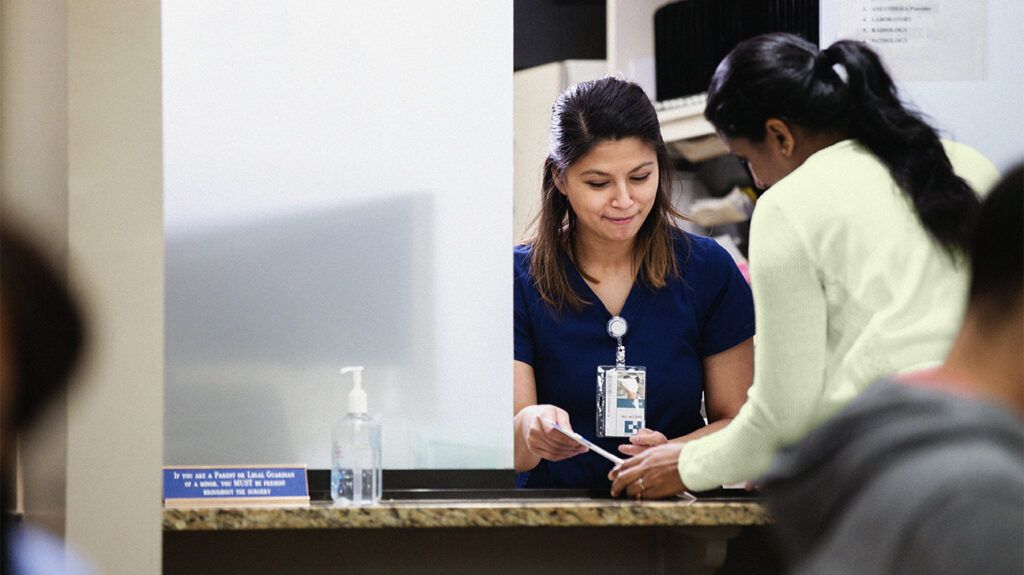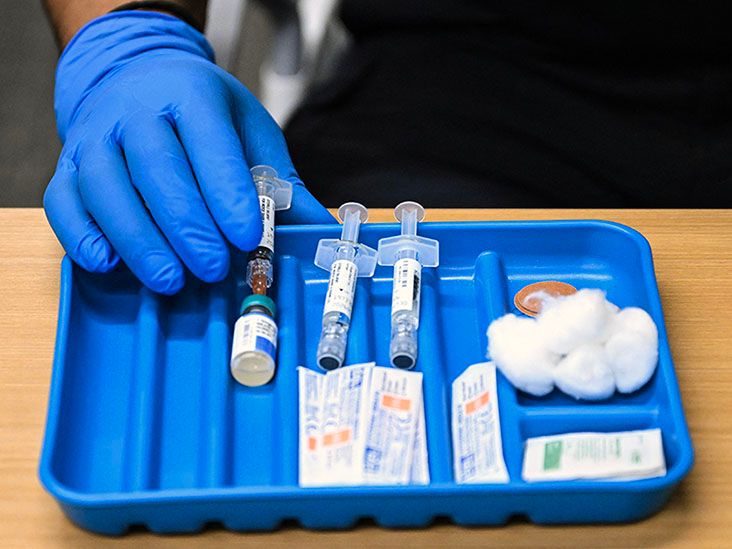Usually, it takes around 15–20 years for atypical cervical cells occurring from the human papillomavirus (HPV) to progress to cervical cancer. However, this can vary between individuals.
Additionally, not all types of HPV have the potential to progress to cancer, and some carry a higher risk than others.
This article discusses how long it takes for cervical cancer in more detail. It also explores the symptoms, causes, treatment, and prevention of cervical cancer.
A note about sex and gender
Sex and gender exist on spectrums. This article will use the terms “male,” “female,” or both to refer to sex assigned at birth. Click here to learn more.

Cervical cancer is the
Before the cancer develops, the cells undergo changes known as dysplasia, which refers to atypical cell growth or development. Another term doctors use to describe these cells is cervical intraepithelial neoplasia.
According to the WHO, it usually takes 15–20 years for cervical cancer to develop from atypical cervical cells occurring due to HPV. However, the disease may develop in around 5–10 years in people with weakened immune systems.
HPV can also contribute to cancers in other parts of the body,
However, HPV is not the only cause of cervical cancer, in fact,
Cancer resources
To discover more evidence-based information and resources for cancer, visit our dedicated hub.
Typically, females with cervical cancer in the early stages or precancerous changes in their cervical cells do not experience any symptoms. Only as the cancer progresses do symptoms appear.
Common symptoms of cervical cancer
- unusual discharge from the vagina, which may contain blood
- pain during sex
- atypical vaginal bleeding, for example, between periods, after sex, or after menopause
- pain in the pelvic region
As the cancer progresses and potentially spreads to other areas of the body, a person may experience:
- difficulty urinating
- blood in the urine
- swelling in the legs
- difficulty having bowel movements
HPV causes cervical cancer by turning off tumor-suppressing genes in cells within the cervix. When these genes deactivate, cells divide and grow unchecked, which consequently
HPV infections
Risk factors relating to this disease
- Smoking: This is a risk factor due to the exposure to different cancerous chemicals and the damaging effect tobacco has on the immune system.
- Living with immune system issues: Certain conditions and medications can weaken the immune system, which means the body cannot clear infections, such as HPV, effectively.
- Chlamydia infection: While chlamydia is a bacterial infection, it may help HPV replicate within the cervix.
- Having three or more full-term pregnancies: The cause of this risk is not clear. However, researchers think it could be due to exposure to sexual activity or hormonal changes that make females more susceptible to HPV infections or cancer growth.
- Long-term use of oral contraceptives: The risk of developing cervical cancer after stopping oral contraceptives returns to typical levels after several years.
- Younger age at first full-term pregnancy: People younger than 20 years old at the time of their first full-term pregnancy have a higher risk of developing cervical cancer than those who are 25 years old or over.
- Economic status: Females with lower incomes often cannot access health services easily and may not receive regular cervical cancer screenings.
- Low fruit and vegetable diet: If a person’s diet is lacking in fruits and vegetables, they may have an increased risk of developing cervical cancer.
The treatment a person receives for cervical cancer depends on the severity or cancer stage.
Healthcare professionals may recommend different treatments depending on the grade they assign the dysplasia at the diagnostic stage.
Cervical cancer treatments
- surgical procedures
- chemotherapy
- radiation therapy
- targeted drug therapy
- immunotherapy
According to the WHO, the global strategy to eliminate cervical cancer includes three stages:
- Primary prevention: Offer HPV vaccination to individuals aged
9–14 yearsTrusted Source . - Secondary prevention: Screen females who are
30 years oldTrusted Source or older for HPV. If they are living with HIV, screening should start when they are 25 years old. - Tertiary prevention: Anyone showing signs of cervical cancer should receive a diagnosis and treatment as soon as possible.
Although females aged 9–14 are the primary target for vaccination, anyone up to the age of 20 can receive a single or double dose of the vaccine. There are also additional options for those over 21 years of age.
Other actions include:
- using condoms
- quitting smoking, if applicable
- voluntary male circumcision, as some research indicates it
may help preventTrusted Source the spread of HPV
According to the WHO, it usually takes about
However, HPV does not always cause cervical cancer, and other risk factors may contribute to the development of this type of cancer. These factors include if a person smokes, does not have easy access to healthcare, or has experienced a full-term pregnancy at a younger age.
Cervical cancer does not typically cause symptoms in the early stages, but some examples include pain during sex, atypical vaginal bleeding, and pelvic area pain.
Treatment for cervical cancer may depend on the stage the doctor assigns the disease at diagnosis. Some options may include surgery, chemotherapy, and radiation therapy.


